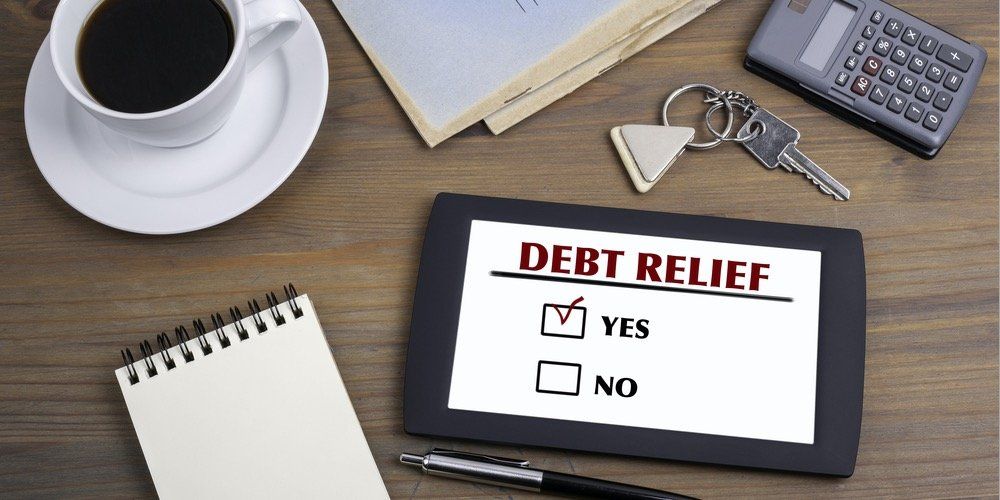3 Ways to Pay Down Your Mortgage Today!
Mortgages are funny things. When you’re buying a house, you can’t wait to hear these words: “Your mortgage has been approved”. But what that really means is that you are going to be a homeowner. And as discussed in the previous article, there is a lifestyle element of homeownership that is very attractive. But let’s not fool ourselves, a mortgage is debt; it’s money owed. When you sign mortgage documents, you are most likely taking on the most debt you will ever be responsible for.
The best kind of mortgage is one that is paid off as quickly as possible. So let’s go over three ways you can pay down your mortgage as quickly as possible. Because the very best mortgage is no mortgage at all!
Accelerate Your Payment Frequency
Sounds simple enough, but making the change from a monthly payment to an accelerated bi-weekly payment is one of the easiest ways to turbo-charge the repayment of your mortgage over a long period of time. Chances are you won’t even notice a difference.
Typically, on monthly payments, your mortgage is split into 12 equal payments. Accelerated bi-weekly payments divide your payments in half, but rather than 24 payments, you make 26. It’s the extra 2 payments that accelerate the repayment of your mortgage.
Increase Your Mortgage Payment
Unless you have a no-frills mortgage, which are popular with some banks, you should be able to increase your payment amount by 10–25% per payment! So if you get a raise at work, or happen to pay off a debt, consider rolling this newfound money directly into the prepayment of your mortgage.
Increasing your regular payment is a lot like signing up for a forced long-term savings plan. The extra money you put on your mortgage isn’t a prepayment of interest, but actually goes directly to the principal and lowers the amount of interest you pay over time.
The good thing about increasing your payment voluntarily is that if money gets tight in the future, you can always have your payment reduced to the original amount!
Making a Lump-sum Payment
As with the regular payment increase, when you make a lump-sum payment to your mortgage everything goes directly towards the principal balance. Most mortgage products allow you to put anywhere from 10–25% of the original mortgage amount as a lump-sum payment once per year.
The lump-sum payment option is perfect for any time you receive an unexpected amount of money and you aren’t exactly sure what to do with it, like an inheritance. If you receive a year-end bonus, make a habit of applying it to your mortgage. You could take years off your amortization!
Not sure where to spend your tax return? Well, you should probably consider taking a nice warm vacation this winter. We live in Canada, and its cold here, although you might not remember that right now, because it’s July and it’s gorgeous outside. (You thought I was going to suggest you make a lump-sum payment on your mortgage? Well, you can do that too if you like, but a warm vacation is a lot more fun!)
There you have it, it’s a collection of the small things you can do today that will help you be mortgage free tomorrow.
This article was originally published in the July 2016 Dominion Lending Centres Newsletter.
Katherine Martin
Origin Mortgages
Phone: 1-604-454-0843
Email: kmartin@planmymortgage.ca
Fax: 1-604-454-0842
RECENT POSTS






